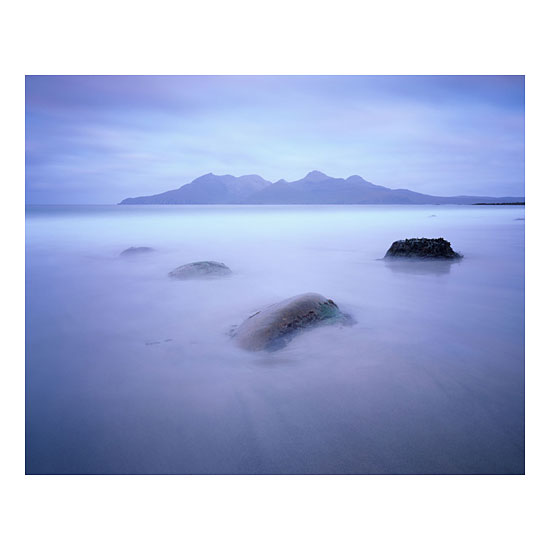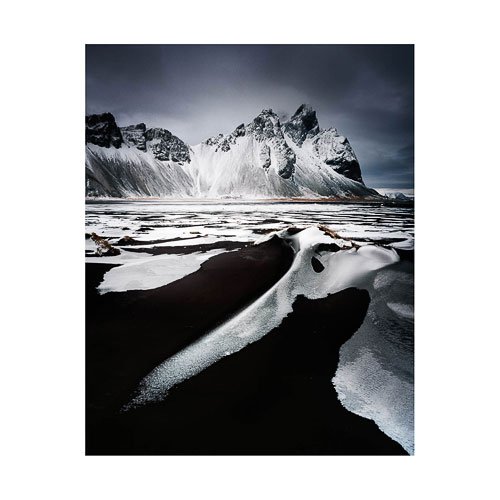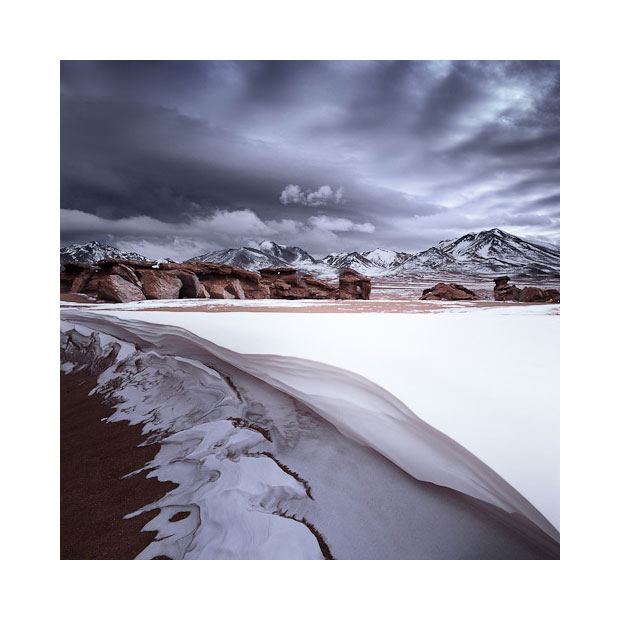For a very long time, I've used Lee 100mm neutral density filters in my landscape photography. Neutral Density filters are, I feel, a vital piece of kit that all landscape photographers should own.
The Lee system is in my experience the best you can get. I feel I can say this with some authority as I've had the privilege of working with all the filter manufacturers products over the past six years I've been running workshops.

Most pro-end filters are perfectly fine in terms of optics and colour rendition, but I've found many manufacturers products fall short in terms of filter holder design (i.e lack-of) or in being used in a compounded fashion - stack more than one filter together and an evident magenta colour cast will surface. It's always there, but it varies from manufacturer to manufacturer. I have however, found the Lee filter system to be the least prone to colour casts, provided that the filters haven't aged. It's unfortunately the case that all filters tend to lose the colour accuracy over time as the dyes begin to fade. All Lee filters are date stamped and they recommend you replace them every three years or so (this is usually a non-issue for me, as I tend to use them so much, that I wear our my gear a lot earlier than that).
ND (Neutral Density) filters are essential in controlling the dynamic range and exposure between ground and sky - not just with film, but also with digital capture. If you're uncertain about their benefit, then I can't state how important they are. Even the 1 stop Hard-grad is vital. But you do need to buy a good quality set. Don't cut corners by going cheap - you'll regret it.
Anyway, this posting is about the miniature filter system by Lee. It's called the Seven5 filter system. It's been designed for compact systems and the filters are therefore considerably smaller than it's big-brother 100mm filters.
I've been meaning to write a review of the Lee Seven5 filter system for some time now. This review is primarily aimed at those who are thinking of using this system with a small format camera system such as a Micro-Four-Thirds format up to 35mm rangefinder.
I bought my set of Seven5 filters because I was looking for a compact filter system that would work with a little Lumix GX1 Micro-Four-Thirds system I bought for illustrative and teaching purposes on my workshops. I'm not a digital shooter, preferring to work with film for all of the work you see on this website. So I wanted a small camera format that was very compact. The Lumix GX1 along with a Panasonic 12-35 lens is what I chose, and the Seven5 filter system fitted the bill in terms of compactness.
The good
It's really compact. I like the filter holder and the adaptor rings. The filter holder is especially simple and it comes with the polariser attachment already built in.
Which brings me on to the polariser. What I've always liked about the Lee system is that the polariser fits on to the front of the holder.Which makes it much easier to rotate while keep the grads where they are. The only downside in this approach is that the polariser needs to be a lot larger to avoid vignetting (which is a costly exercise as the filter for the normal system is 105mm).
The Seven5 polariser is easy to fit onto the holder in one short rotation. The 100mm filter system on the other hand requires you to thread the filter on and off. I've never liked this - so much so - that I bought two filter holders - one for general grad use, while the other has the polariser permanently attached. It's much easier to swap filter holders than it is to thread and unthread a filter from one holder. With the Seven5 system this problem has been removed all together - it's a simple snap and rotate to lock it on and remove it quickly too. Very nice.
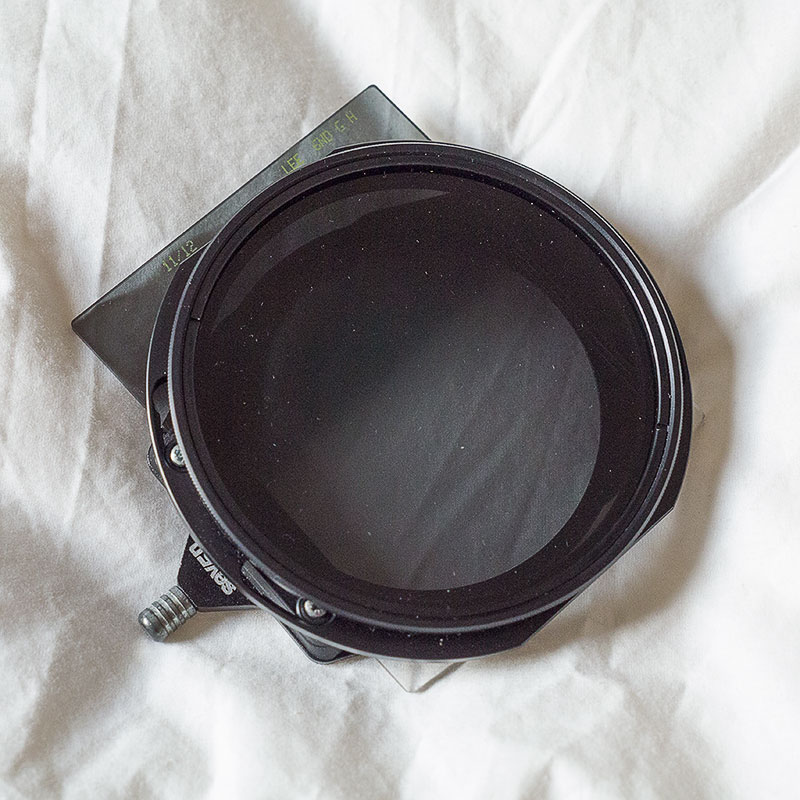
The bad
Whoever designed these filters for use of smaller systems assumed that the diameter of the lenses would be smaller than those of 35mm lenses, which in most cases isn't true. I've used these filters on a Micro-Four-Thirds system for a while now, and they don't cover the entire area of the lens when you wish to place the grad around 3/4 of the way up the frame - particularly when composing in portrait orientation. It's not uncommon to find the filter is not long enough with the bottom edge protruding into the lower region of the image. I think this was a design constraint to keep the whole system compact, but it does impact their use.
The other thing that I find confusing is the degree of 'suddenness' of the graduation in each of the hard-grad filters. They're too sudden for systems such as Micro-Four-Thirds or even 35mm cameras.
I have some thoughts on why extremely sudden grads don't work with small-format systems.
Hard-Grad's tend to be more obvious on wide angle lenses than telephotos because when a shorter focal-length is used, we're really zooming-out of the image and are therefore zooming out of the graduation. If we go the other way and go up the focal-lengths, then we're really zooming into the graduation - so the graduation becomes more and more diffused as we zoom up. So using sudden graduations like the ones that Lee produce for the Seven5 system on systems such as Micro-Four-Thirds where the focal lengths are smaller - (for example - an equivalent angle of view to 50mm on MFT is 25mm), it becomes apparent that the graduations are going to be more evident.

I should at this point make it clear that I use hard-grads most of the time. They are used far more often than soft grads - which are really for use in controlling more gradual tonal changes across the entire frame rather than for controlling the contrast between sky and ground. So it's not that hard-grads are too sudden in per se - they're not - they usually work very well for most of the situations I encounter in my landscape work. I do get emails asking about the correct placement, but these questions usually hint at the wrong strength of filter being used - if you can see the graduation - it's probably because you're using too strong a filter. Hard grads aren't too sensitive to correct placement provided the strength is about right.
One last thing, I wish someone would produce a nice little filter bag for the Seven-5 system. I don't see the point in owning small filters, only to store them in a large bag. It kind of defeats the purpose of going compact.
In Summary
So my two main issues with this filter system are this: Using it with small format systems, the filters are often too short (have less travel than I need for grad placement) and the hard-graduations themselves are too obvious / sudden.
If you already own the Lee 100mm filter system, it would recommend buying these for one reason - if you feel going compact is of the utmost importance for you. I can fully appreciate that a compact filter system for Leica Rangefinder users and smaller formats is very attractive. It certainly was for me when I chose to buy these.
Although the 100mm filters are considerably larger and bulkier, the graduations and filter-travel are just about right for using on any system from Micro-Four-Thirds upwards, so again, i'd only opt for the Seven5 system if compactness is the driving force behind your need to buy them.
Despite these points, I'm still happy I bought mine and I've learned to live with the limitations of the filter system because for me, it's the compactness of the design that was the essential aspect of buying them in the first place.
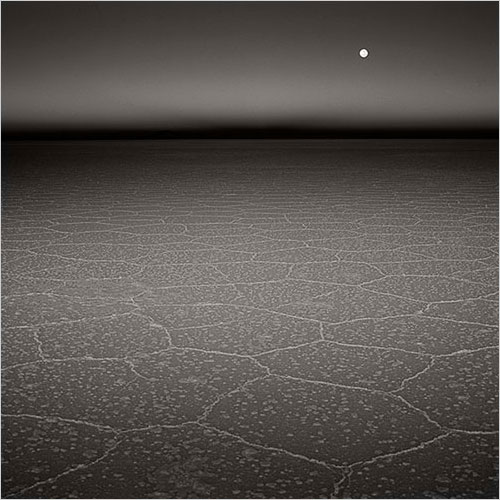
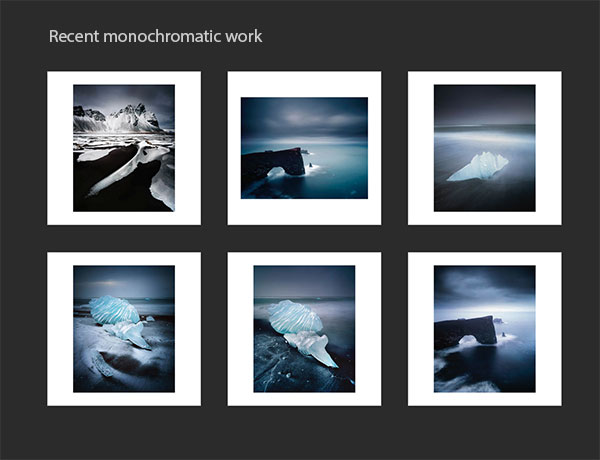
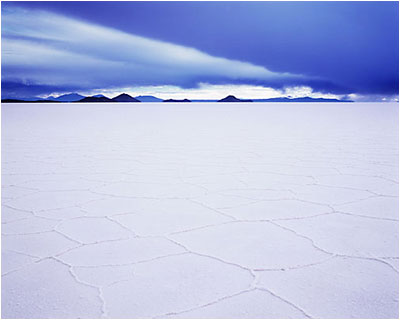

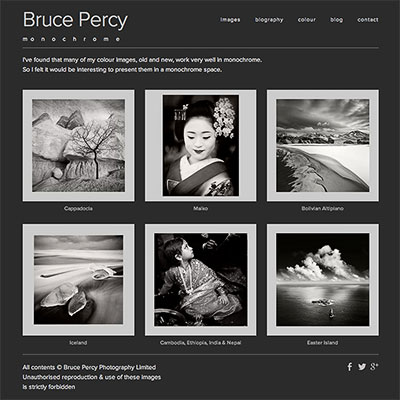
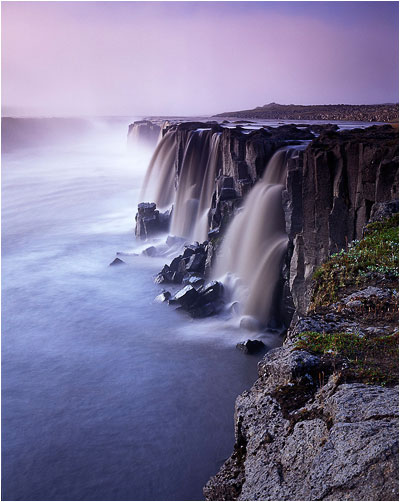
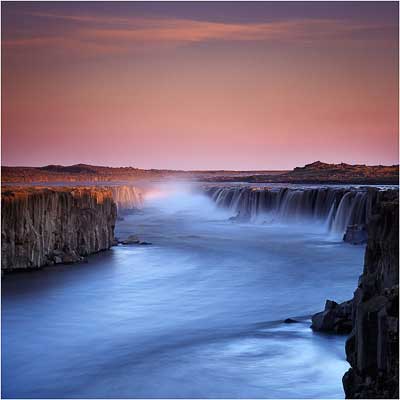
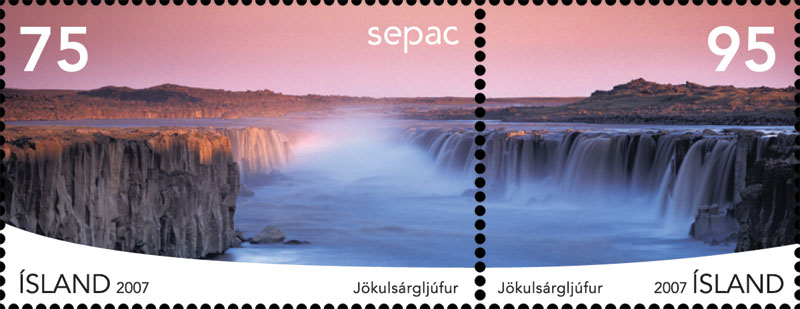
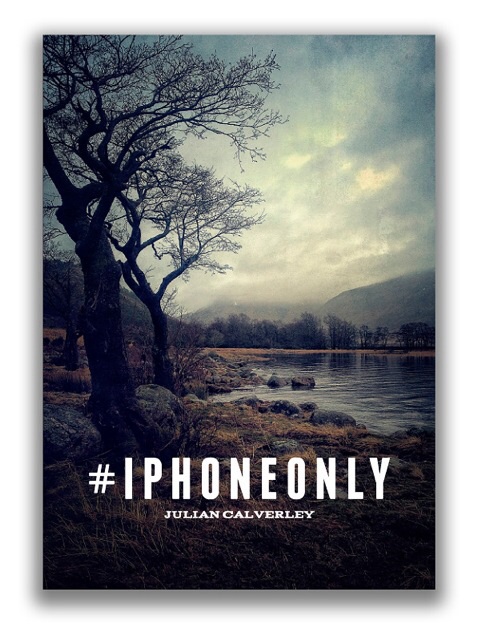
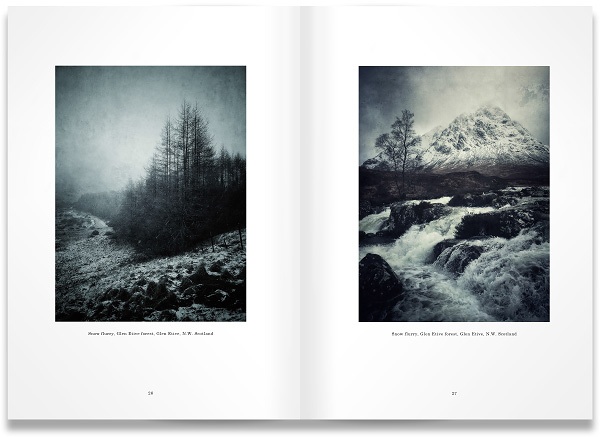 So what of Julian's book?
So what of Julian's book?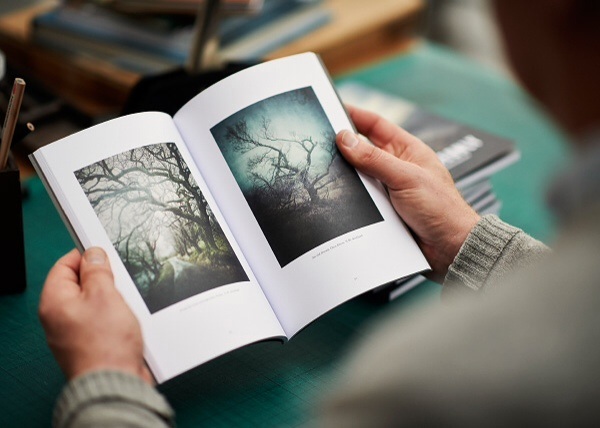
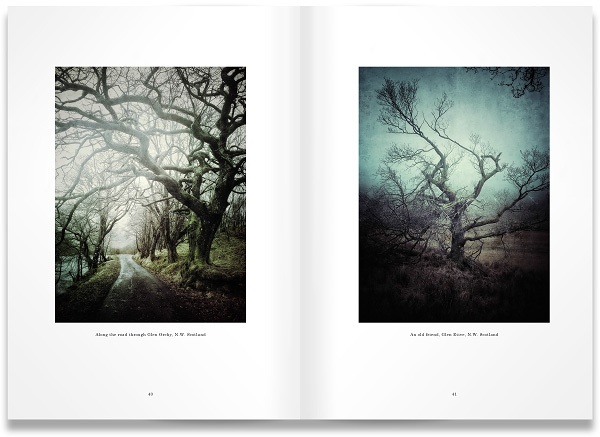
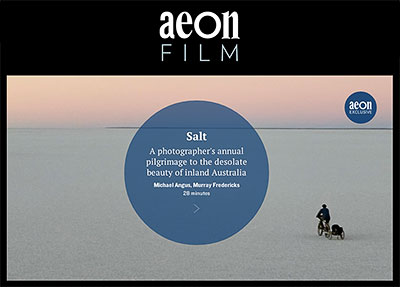
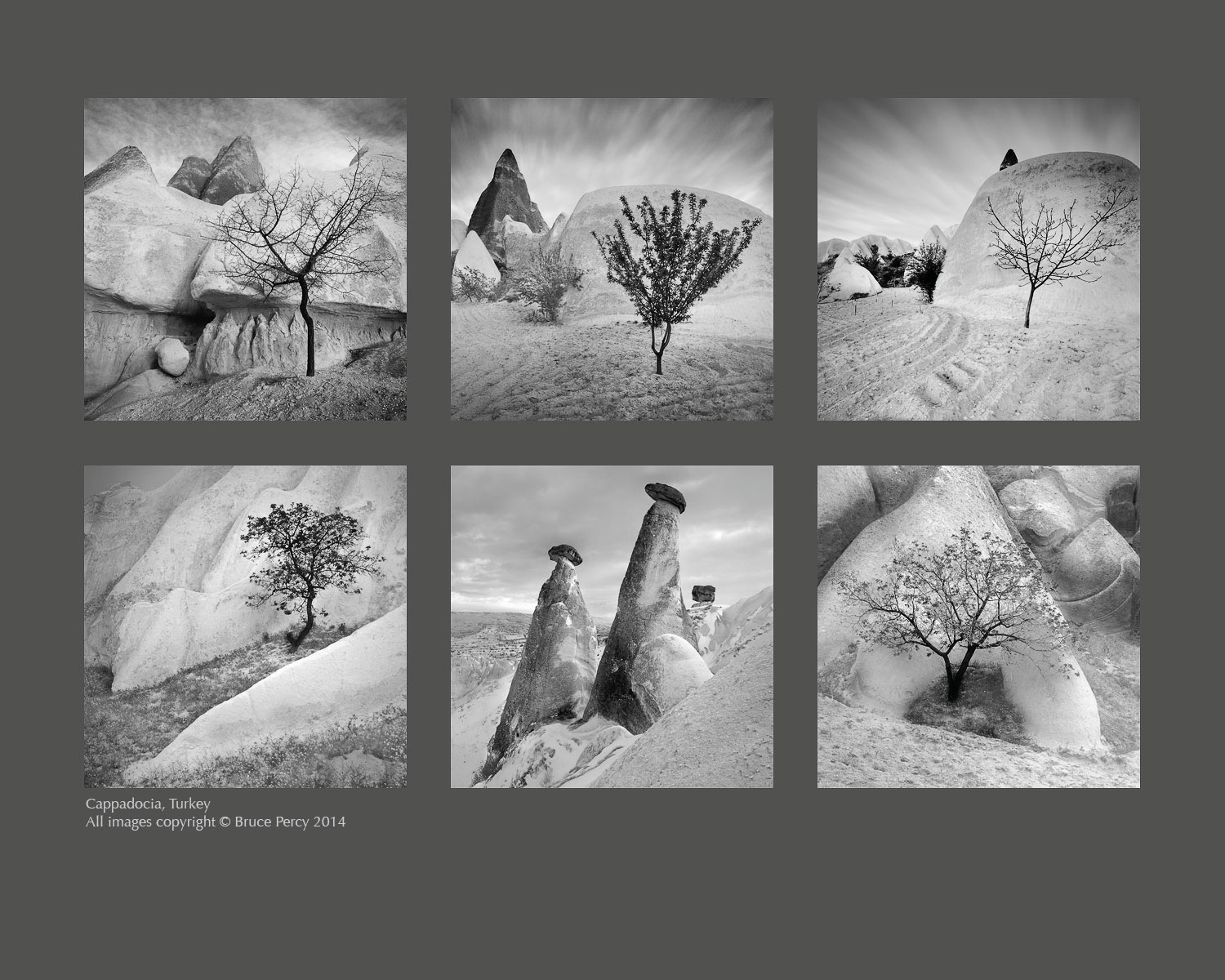
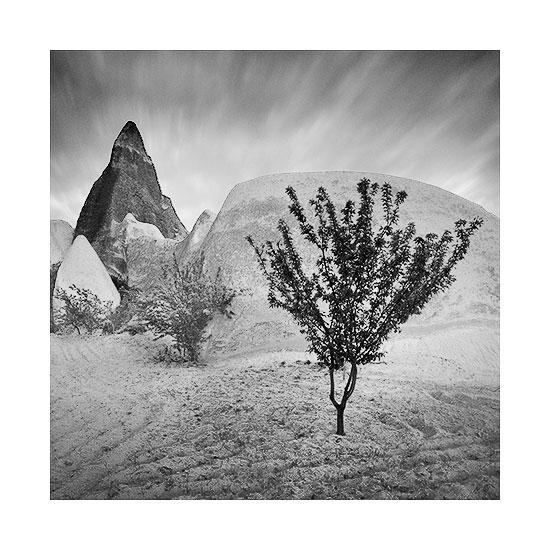
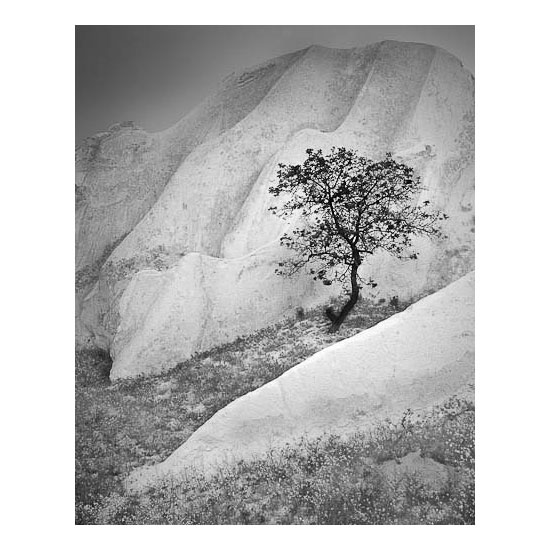
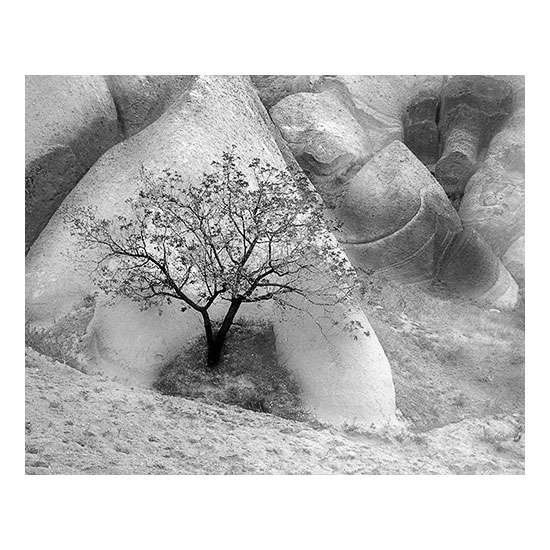
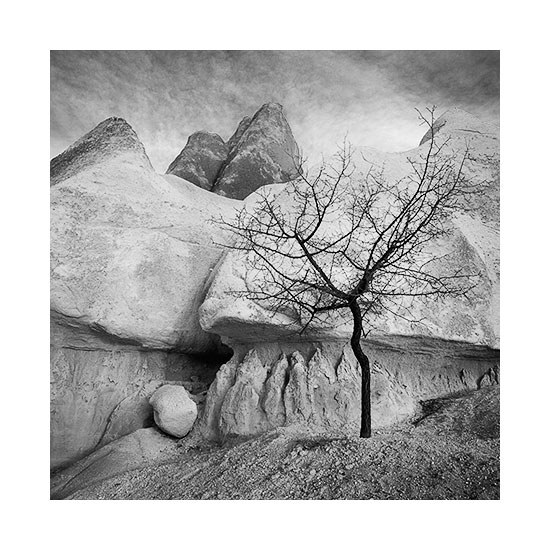



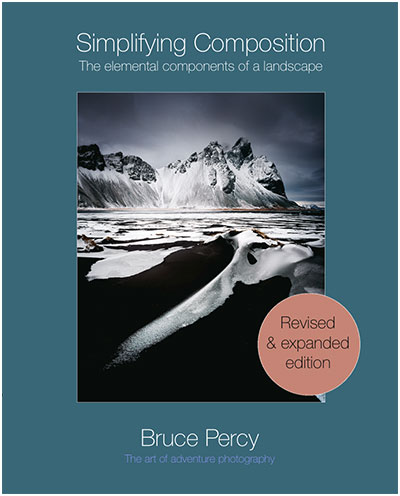 It's been a few years now since it was published, and I've run many workshops during that time. I've discovered along the way, that each workshop I conduct has provided me with some new level of awareness about composition or my approach to photography in general.
It's been a few years now since it was published, and I've run many workshops during that time. I've discovered along the way, that each workshop I conduct has provided me with some new level of awareness about composition or my approach to photography in general.